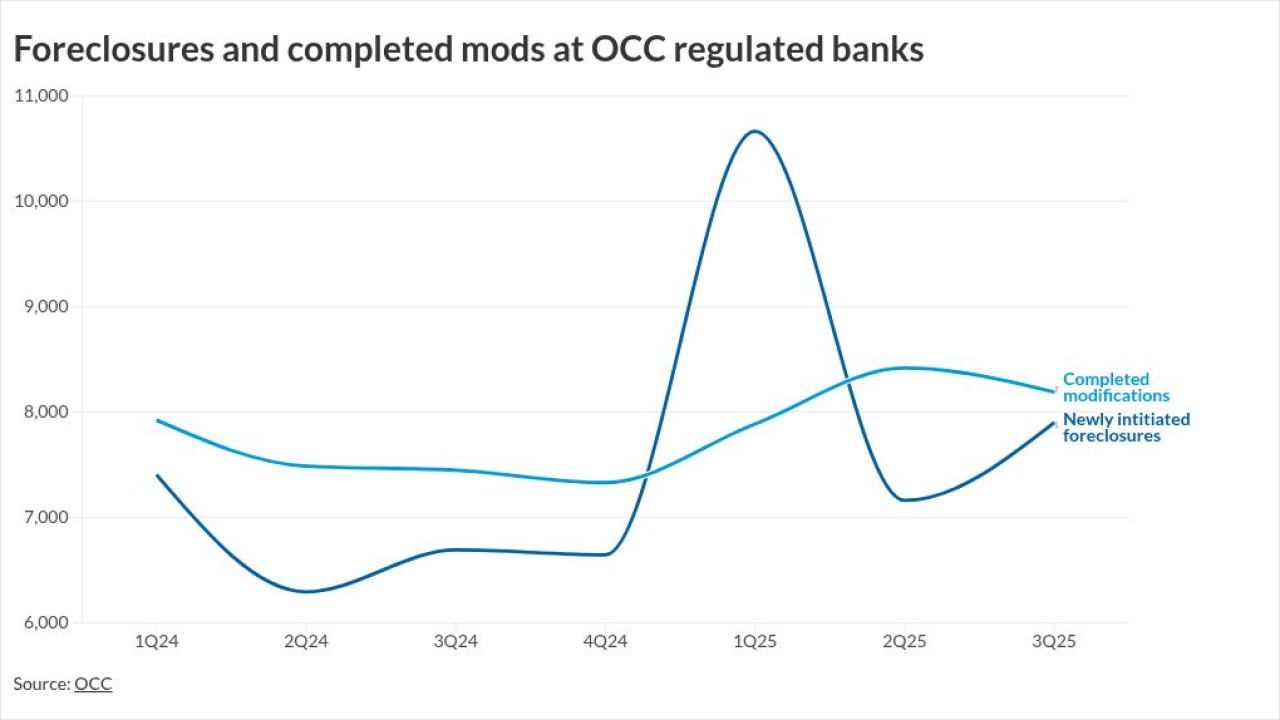Loans originated in the fourth quarter of 2016 carried less credit risk, according to the latest Housing Credit Index from CoreLogic.
Driving the improvement in credit risk were changes noted in the average credit score, debt-to-income ratio and loan-to-value ratio among homebuyers. CoreLogic characterized the loans originated last quarter as "among the highest-quality home loans originated since 2001."
The average credit score rose four points year over year to 737. Additionally, the share of subprime borrowers with credit scores below 640 was a 10th of the share back in 2001 before the financial crisis.

The District of Columbia had the highest average credit score for purchase-money loan borrowers at 754, followed by California and New York. Mississippi had the lowest average score at 720.
The LTV for homebuyers increased slightly between 2015 and 2016, rising from 86.7% to 87.1%. CoreLogic also found that 48% of purchase loans had an LTV at or above 95%, up from 47% a year ago and 36% in 2001. Meanwhile, the average DTI held steady at 36%.
While mortgage credit risk has been improving, higher interest rates will likely lead to an increase in risk, according to CoreLogic Chief Economist Frank Nothaft.
"Refinance volume will decline with higher mortgage rates, and lenders generally will respond by applying the flexibility in underwriting guidelines to make loans to harder-to-qualify borrowers," Nothaft said in a news release, noting that LTV and DTI figures are usually lower among refinance borrowers.
"As this occurs, we should observe our index signaling a gradual increase in default risk," Nothaft said. "The evolution to a more purchase-dominated lending mix is also likely to increase fraud risk."




